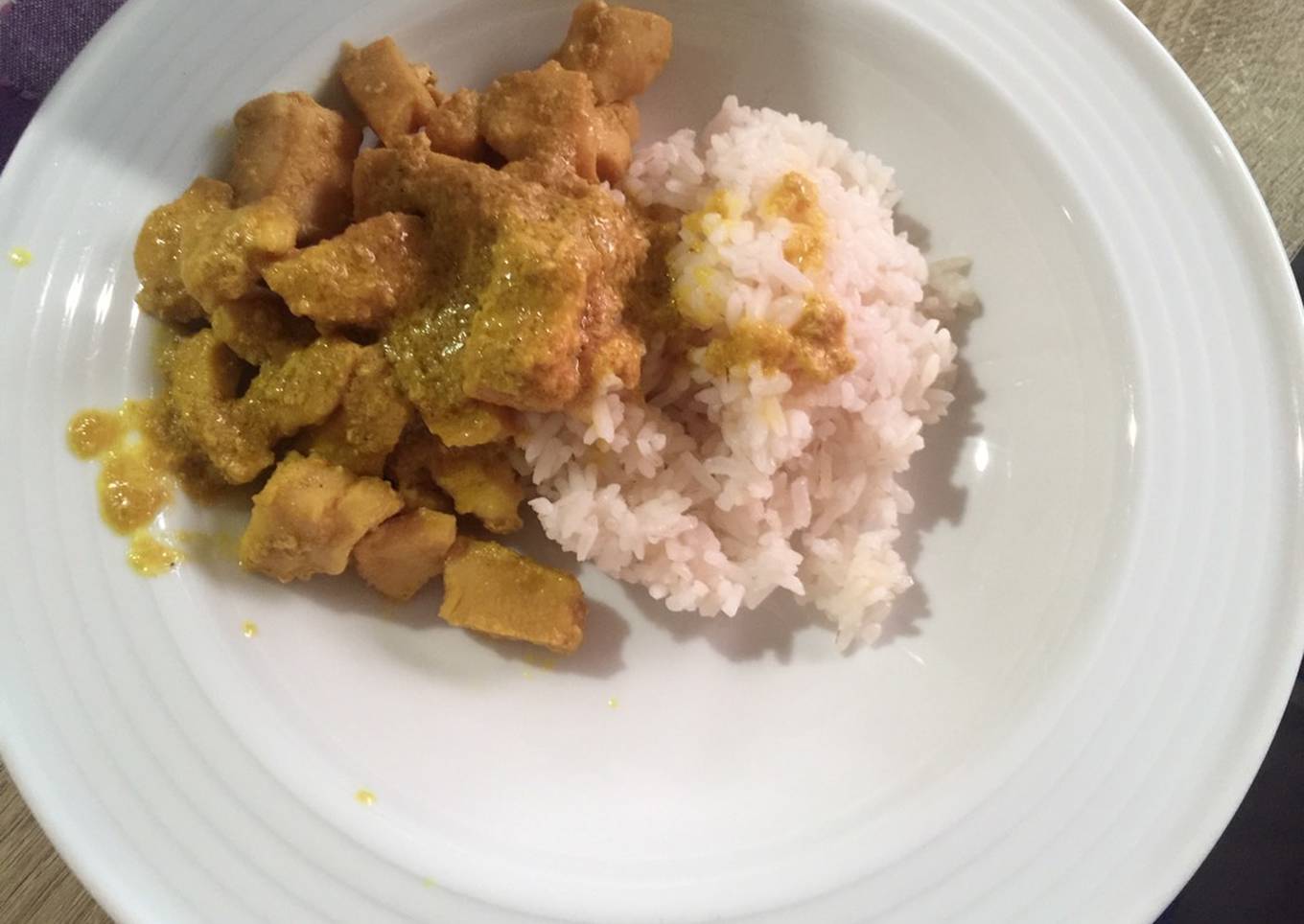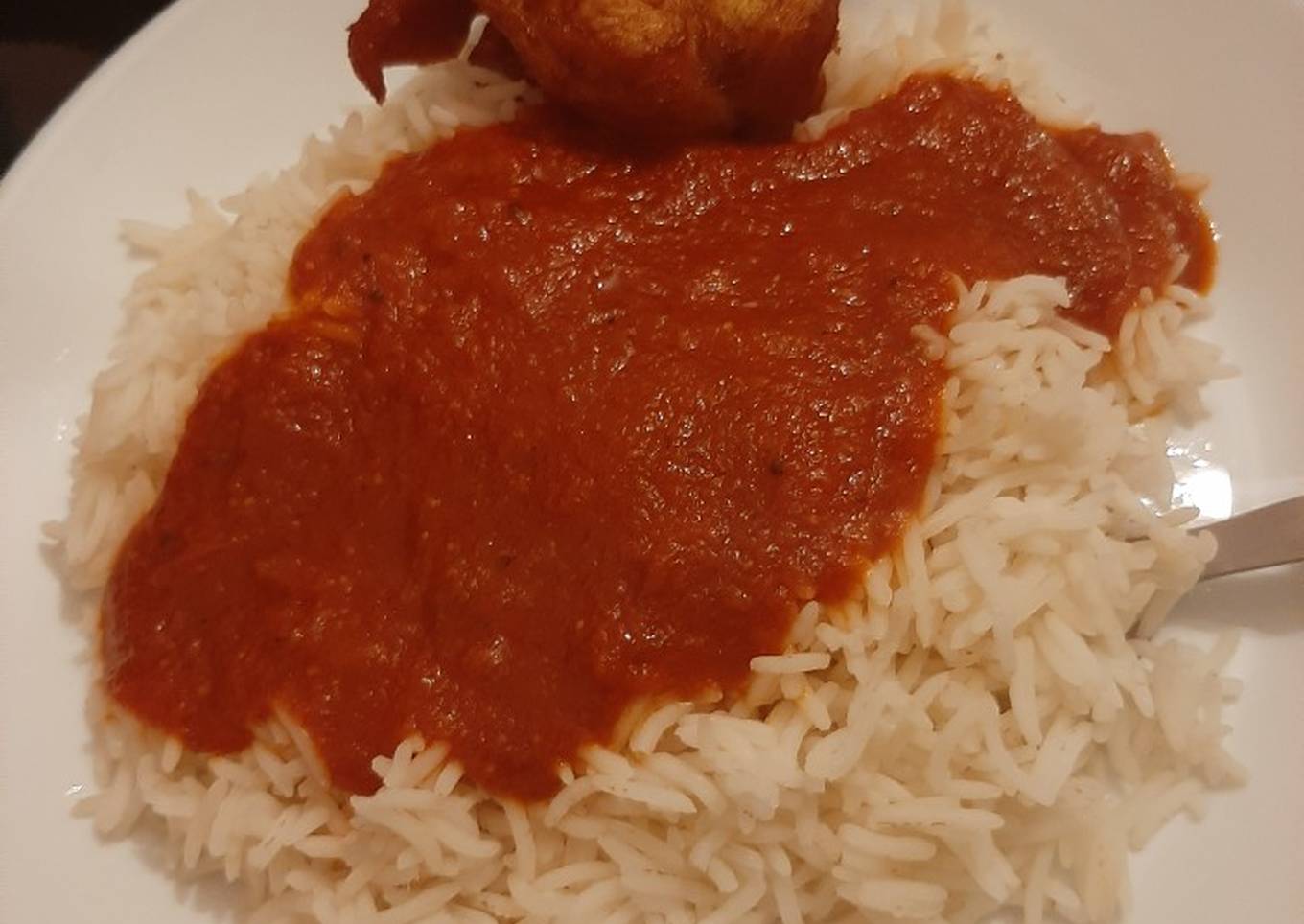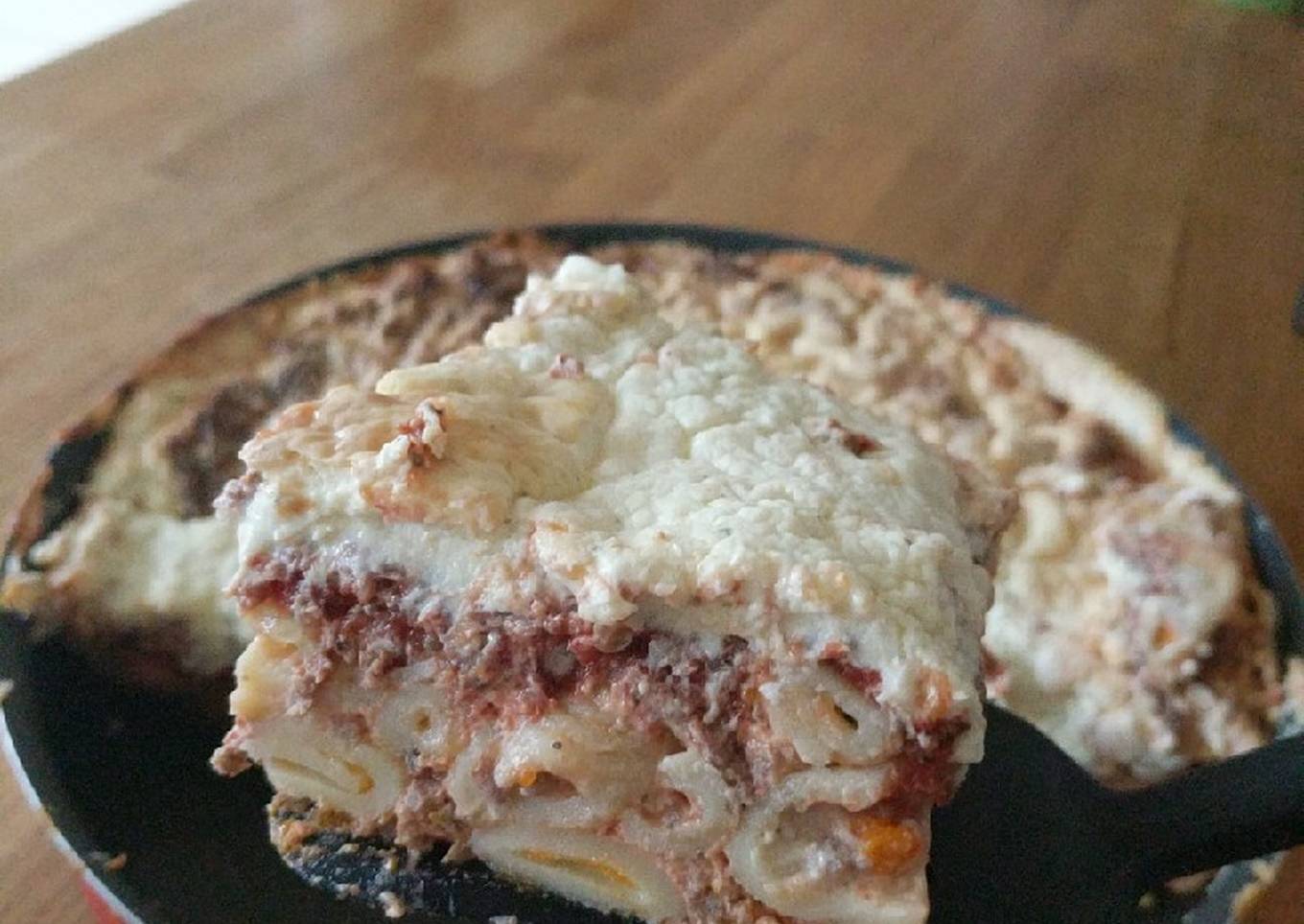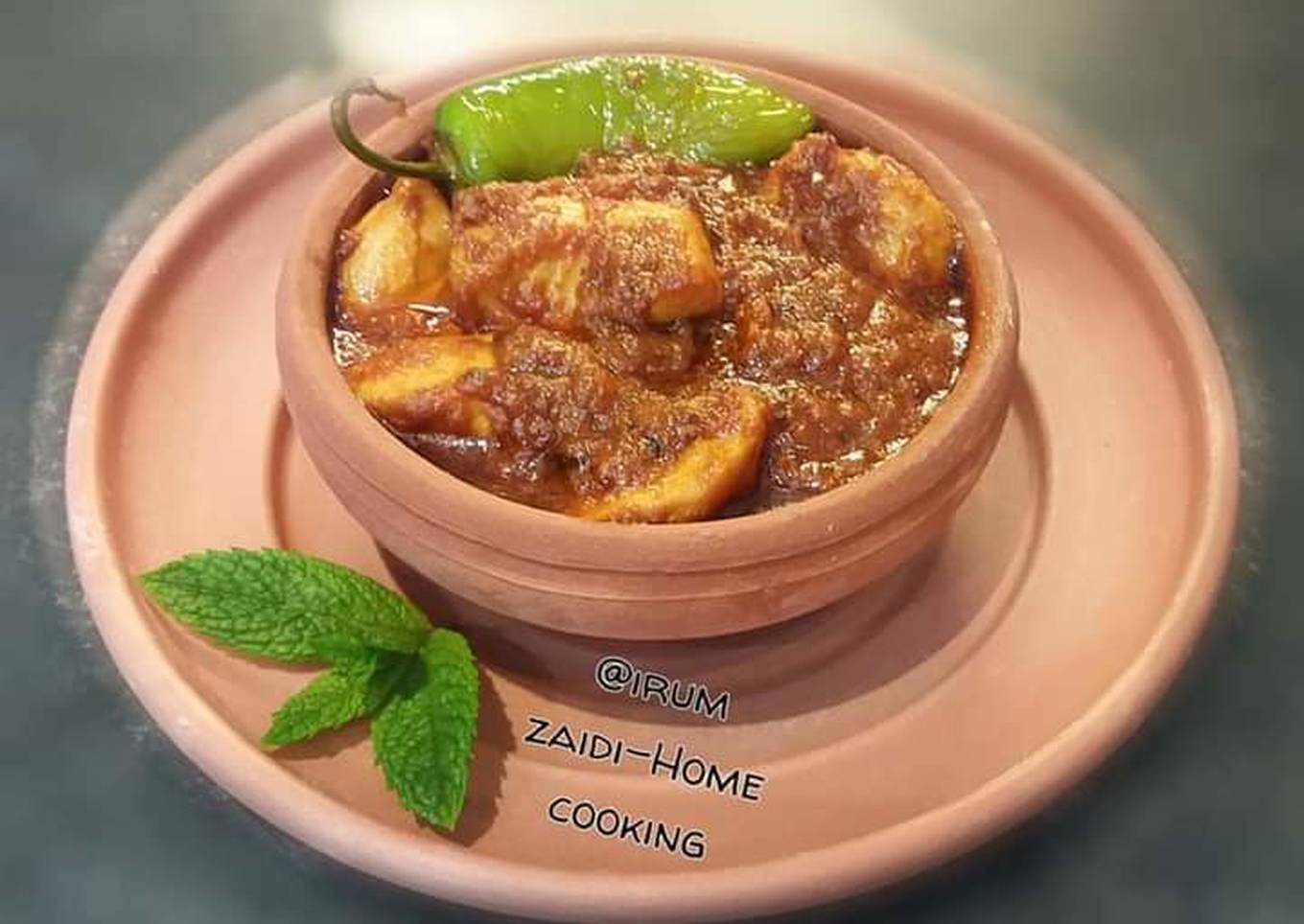Tumeric fried chicken
Recipe of Speedy Tumeric fried chicken Looking for inspiration for Step-by-Step Guide to Prepare Quick Tumeric fried chicken and other unique recipes? The way in which to make it’s straightforward. If it is flawed to process it, the end result is not going to be passable and it tends to be disagreeable. Though Tumeric fried … Read more









